The Ho Chi Minh City People's Committee has just issued a plan to implement the Vocational Education Development Strategy (VET) for the 2023-2030 period, with a vision to 2045. In particular, the Ho Chi Minh City People's Committee sets many goals for attracting vocational students.
Become a leading locality in vocational training development
In this document, Ho Chi Minh City identifies the development of vocational education as the top priority task in human resource development to take advantage of the golden population opportunity, forming a direct human resource with quality, efficiency and high vocational skills to serve the socio-economic development of the city.
Therefore, many goals are set to rapidly develop vocational education to meet the diverse needs of the labor market, the people and the increasing demand for the quantity and quality of skilled human resources to serve the city's development in each period.
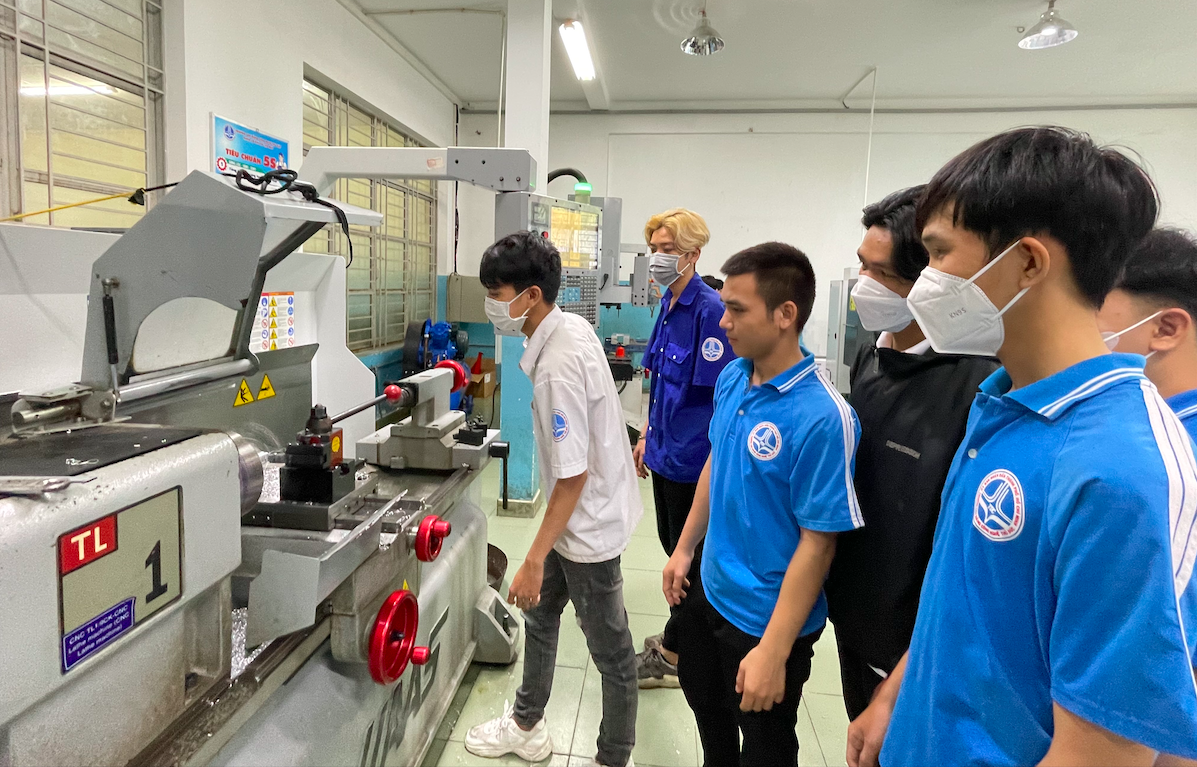
Vocational education is important to the development of Ho Chi Minh City.
Accordingly, by 2025, the city will attract 40-45% of junior high and high school graduates to vocational education, of which female students will account for over 30% of the total new enrollment target. By 2030, this rate will be 45-50% and 35%, respectively.
By 2025, at least 30% of vocational training facilities and 30% of training programs in key occupations will meet quality accreditation standards; strive for 100% of teachers to meet standards, and about 90% of managers to be trained and improved in modern management skills.
In addition, the city strives to have 4 high-quality schools, 3 schools approaching the level of ASEAN-4 countries, and about 10 key occupations with outstanding competitiveness in ASEAN countries. By 2030, the number of high-quality schools will increase to 10.
By 2045, the city's vocational education will meet the demand for highly skilled human resources, become a leading locality in vocational education development in the country, in the ASEAN region, and catch up with the world 's advanced level, and have outstanding competitiveness in a number of training fields.
Closely linked to businesses and the labor market
To achieve the above planning goals, Ho Chi Minh City has proposed 8 main groups of tasks and solutions, in which accelerating digital transformation, modernizing facilities and equipment, innovating programs, and developing a team of teachers, artisans, experts, vocational trainers and managers in vocational education are breakthrough solutions.
The city will have a policy to establish vocational education development councils, including representatives of vocational education institutions, leading enterprises, business associations, representatives of workers, employers and representatives of organizations and individuals related to the profession to develop and propose vocational skill standards for training programs in the direction of approaching vocational skill standards of developed countries in the ASEAN region and the world.

Vocational schools cooperate with businesses to organize job fairs for students
The city will also prioritize the development of training programs for new professions, especially in the field of information technology, while applying new technology, future skills and training programs for workers in enterprises in the form of work-study at intermediate and college levels.
Closely linking vocational education with businesses and the labor market is also an important solution. Specifically, strengthening the connection between vocational education institutions and employment service centers, job exchanges, job fairs, and innovation and start-up centers to support students in finding jobs after graduation. In addition, promoting the connection of training with sending workers to work abroad under contracts.
The Ho Chi Minh City People's Committee also assigned the Department of Education and Training to coordinate with the Department of Labor, Invalids and Social Affairs and relevant departments and branches to perfect the mechanism and issue policies to promote the division of students after junior high school and high school into vocational education while building a mechanism to connect vocational education with other levels of education in the national education system.
Need to change learners' awareness and stream appropriately
With the goal of 40-45% of junior high school and high school graduates entering vocational schools by 2025 and 45-50% by 2030, representatives of some colleges and intermediate schools said it is "very difficult".
Dr. Pham Huu Loc, Principal of Ly Tu Trong College, said: "Currently, most high school graduates go to university because university entrance is very open, and it is not difficult to get into university, just need a transcript of 5 or 6 points for each subject. The psychology of most parents is that after 12 years of studying, their children must go to university. Very few students decide that after graduating from high school, they will go to vocational school and not go to university."
Regarding junior high school graduates going to vocational school, a college leader informed: "Every year, the number of junior high school graduates in Ho Chi Minh City is around 100,000, of which the quota for public grade 10 is 70%. The remaining 30% is "divided" among non-public high schools, continuing education centers and vocational schools. Reality shows that most students still want to go to non-public high schools and continuing education centers to take the graduation exam and apply for university admission, few students choose vocational schools."
This person commented that the most difficult thing for some vocational schools at present is recruiting students. "Only a few students, due to difficult family circumstances, or because they know it will be difficult for them to pursue university, decide to study a profession right after graduating from junior high school or high school. There are still many barriers to students' awareness and psychology about vocational education," said the college leader.
Speaking more about the barriers to vocational training, Master Tran Phuong, Principal of Viet Giao Secondary School, stated the current situation: "Currently, from education managers to principals and teachers, there is still a perception that only weak students can enter vocational schools. From there, the orientation for students makes students and parents think that vocational training is inferior and has no future like university. This is a distorted view of the country's vocational education development strategy."
According to Master Phuong, recently many international corporations have left China to build factories in Vietnam, but Vietnamese workers cannot meet their requirements because of their low skills. "Therefore, the national and city's vocational education development strategy is to change this situation. Vocational students play an extremely important role and vocational training is not 'low-class' as most people think. In fact, in just 2-3 years, students who graduate from school are immediately recruited by businesses with many career development opportunities and very high incomes. Therefore, if they have the right awareness, they will be able to take advantage of these advantages," Master Phuong shared.
School representatives believe that if we want to attract 50% of high school and junior high school graduates to vocational training by 2030, we must first change society's views and perceptions of vocational training. Next, the city needs to direct the Department of Education and Training to stream students after junior high school and high school in a more reasonable way. If only 30% of junior high school graduates are "divided" among non-public high schools, continuing education centers, colleges and intermediate schools, then the number of students entering vocational training will certainly not be much.
Source link


![[Photo] Bustling Mid-Autumn Festival at the Museum of Ethnology](https://vphoto.vietnam.vn/thumb/1200x675/vietnam/resource/IMAGE/2025/10/4/da8d5927734d4ca58e3eced14bc435a3)

![[Photo] Solemn opening of the 8th Congress of the Central Public Security Party Committee, term 2025-2030](https://vphoto.vietnam.vn/thumb/1200x675/vietnam/resource/IMAGE/2025/10/4/f3b00fb779f44979809441a4dac5c7df)


![[Photo] General Secretary To Lam attends the 8th Congress of the Central Public Security Party Committee](https://vphoto.vietnam.vn/thumb/1200x675/vietnam/resource/IMAGE/2025/10/4/79fadf490f674dc483794f2d955f6045)


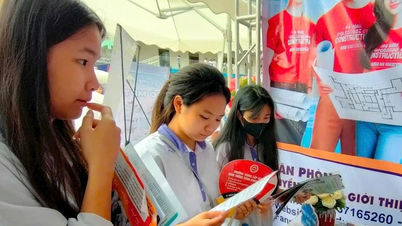



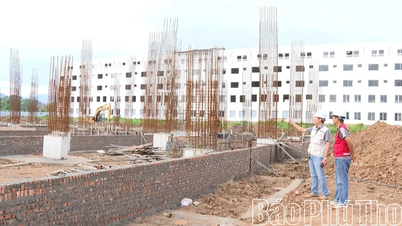





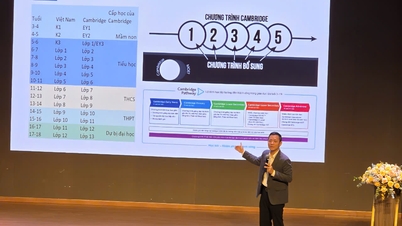


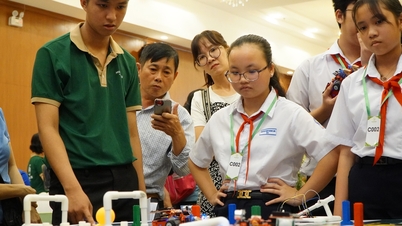

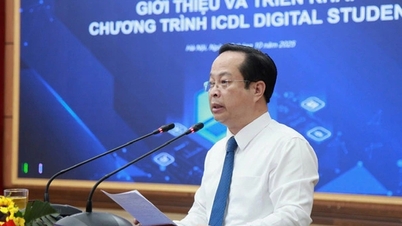





































![[VIDEO] Summary of Petrovietnam's 50th Anniversary Ceremony](https://vphoto.vietnam.vn/thumb/402x226/vietnam/resource/IMAGE/2025/10/4/abe133bdb8114793a16d4fe3e5bd0f12)

![[VIDEO] GENERAL SECRETARY TO LAM AWARDS PETROVIETNAM 8 GOLDEN WORDS: "PIONEER - EXCELLENT - SUSTAINABLE - GLOBAL"](https://vphoto.vietnam.vn/thumb/402x226/vietnam/resource/IMAGE/2025/7/23/c2fdb48863e846cfa9fb8e6ea9cf44e7)



































Comment (0)